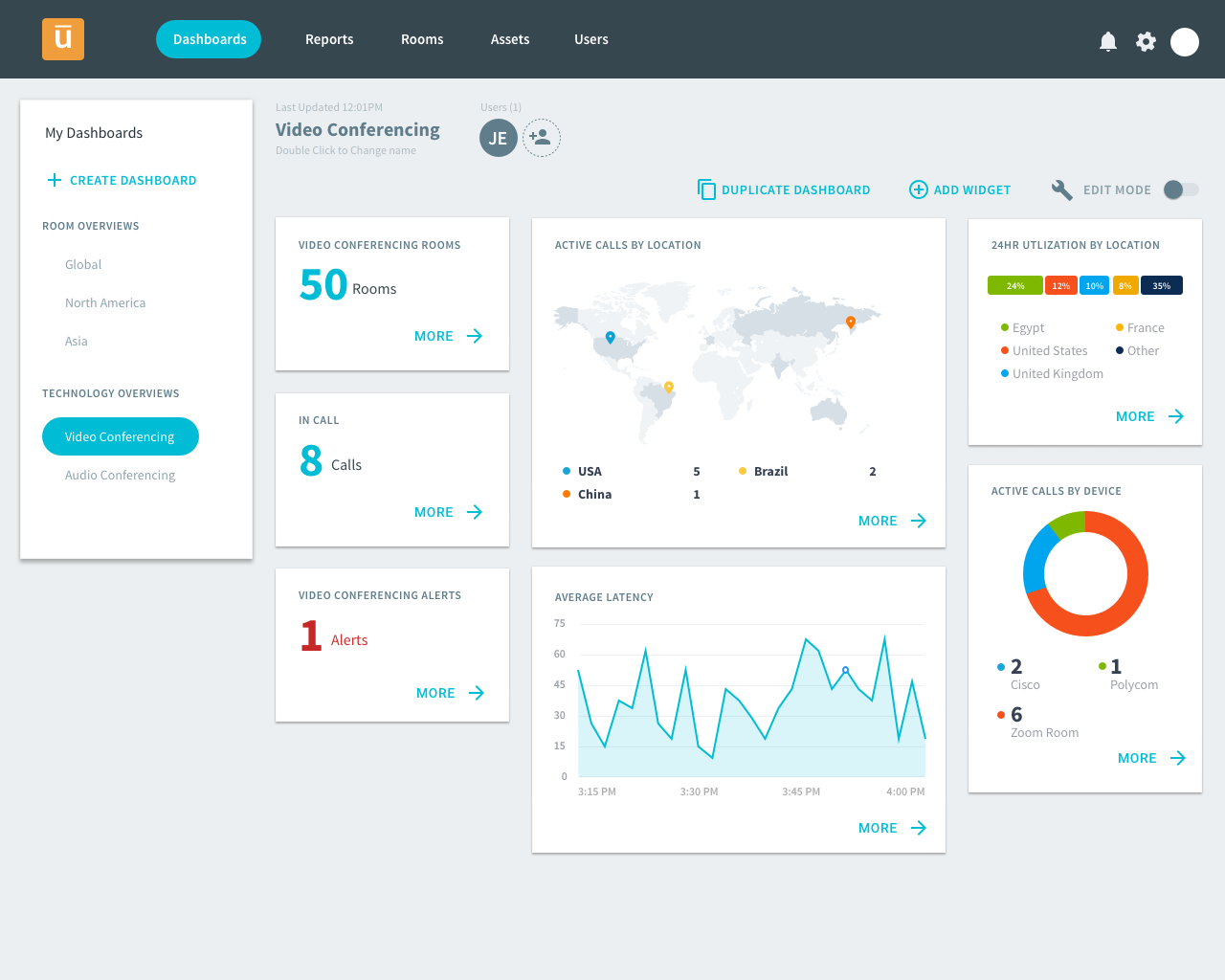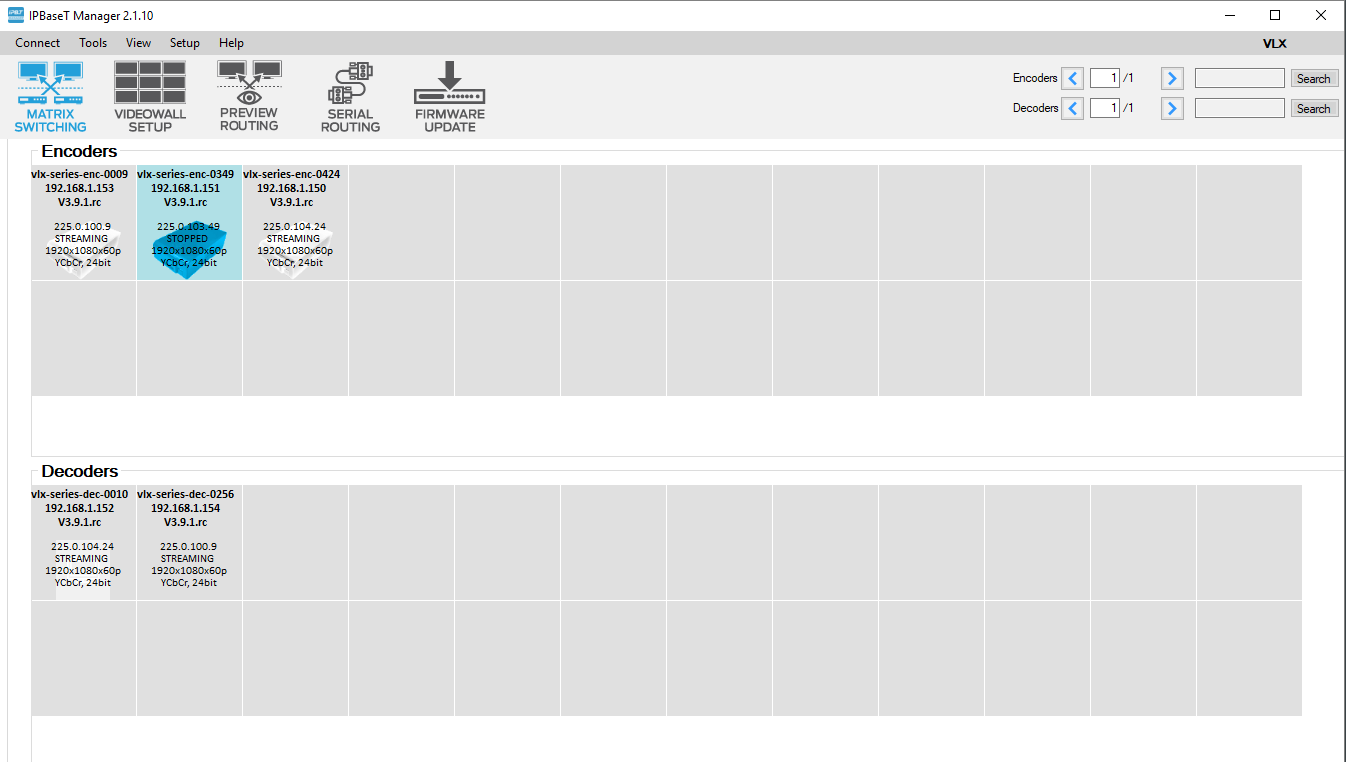Getting Hardcore About Software
New Software Solutions Can Help AV Pros Pivot

“No programming required” is the AV trend du jour. Companies large and small are promising configuration-based software that can be set up in a snap—code-free creations that support remote access. Tie in a mobile app and it’s a slick solution. But in 2019, AV professionals are demanding much more from their software. In the same way soft skills can help a person collaborate more effectively in today’s workplace, software holds the key to new value-driven opportunities in the age of integrated experiences. Many argue that software and softer strategies can help integrators stay competitive as hardware margins shrink.
Sea of Software
Software solutions in the pro AV industry have never been more robust or diverse. Via touchpanel or mobile app, AV pros can remotely manage devices, dig into real-time metrics, tap into diagnostics, and more. One look at ISE 2019 news and it’s clear that software is a main focus of vendor research and development. Crestron, for example, continues to bring new soft suites to market. Designed for the deployment, configuration, and management of presentation systems, Crestron’s .AV Framework software does not require custom programming. The browser-based package offers auto-switching, plug-and-play connectivity, and it supports the integration of sensors and touchscreens. Connected to Crestron Fusion, users can access room data, business intelligence, analytics, and visualizations. Built on Microsoft Azure, XiO Cloud, another Crestron solution, also tracks room usage and occupancy.
QSC hopes to streamline the AV setup process with its Q-SYS platform and correlating software. Build a user control interface by dragging a Q-SYS DSP or control element from the Q-SYS Schematic into the Q-SYS UCI Editor. Its Block Controller component is an open source “visual programming tool” that uses graphical blocks to represent programming concepts.
QSC and Crestron are two examples of the broader programming-free trend that will continue this year. After the Integrated Systems Europe (ISE) show in February, expect to see many new software options and upgrades slated for rollout.
Software Supports Managed Services and AVaaS
Providing AV control and analytics, the software-based Utelogy platform runs on an organization’s existing AV/IT infrastructure and will operate on any network and any server (virtual or not). Utelogy’s platform is “brand-agnostic” and is designed to let stakeholders gather device and workspace data so teams can make more informed decisions. Dashboard customization and documented APIs expedite third-party development.
While APIs and metrics are critically important, William (Bill) Tinnel, COO of Utelogy, raises the stakes, suggesting that software will provide the tools for integrators to stay competitive as the industry evolves.
A daily selection of the top stories for AV integrators, resellers and consultants. Sign up below.
Tinnel believes that AV industry trend of “just good enough” will continue; Zoom Rooms and soft codecs will supplant hardware. The demand for black boxes and packed equipment racks will decrease. This software migration presents challenges and opportunities for AV pros. “Integrators will have to be able to adapt to that model,” he said. “You’ve got less demand for hardware and fewer services going into a space. How are you going to make margins? How are you going to bring additional value to those organizations and make it more than just a transaction?”

Utelogy

Atlona Velocity

Aurora’s IPBaseT Manager software
While there will always be organizations requiring complex, large-scale integrated solutions, those projects are finite. Whether you’re in the SCN Top 50 or a smaller AV integration firm, to plan strategically for the future, Tinnel suggests leveraging software’s potential to explore new revenue streams and even new services models outside of AV’s traditional purview.
“Our industry needs to become a services industry,” Tinnel said. “You’re already seeing hardware margins dropping drastically—eventually software margins will also drop. What you’re left with is trying to come up with a service-oriented approach to monitor and maintain customers’ environments, and to add real value.”
David Margolin, vice president of marketing, Kramer Electronics, agrees and takes the point a step further: “Kramer is becoming more software-driven, with single devices having multiple functionalities that are license-activated,” he said. “With devices so easily upgradable, this enables integrators to deliver AV as a Service.”
IT Firms Will Intrude
As AV becomes more IT-centric, some industry analysts expect traditional IT and security firms to fold AV—and AV over IP—into their portfolios. This is another reason why AV integrators should explore operational diversification, value-driven services, or subscription-based models to support end users.
Cloud Enhancements Save Time
Software with cloud access promises to save integrators time and labor hours—precious capital that can be reinvested into an organization. With AMX by Harman’s Rapid Project Maker, for example, integrators can configure AMX systems via the cloud with a wizard-based tool. No programming is required. There are myriad user interface template options, and for videoconferencing applications, users may take advantage of AMX Enzo control features. Projects can be also stored in the cloud for remote access and management.
Sloppy Code and Other Software Hurdles
If the industry is indeed progressing toward software-centric AV environments, why isn’t software more widely deployed?
One major hurdle is operational, Tinnel said. Many AV integration firms are not yet equipped internally to support AVaaS, managed services, concierge services, or license-based models. Organizations will also have to evaluate how they sell. “Not every AV salesperson can have a managed service conversation,” said Tinel, “or compensate their sales force on these types of opportunities just yet.”
Additionally, when software code is required on a project, it is paramount to start and finish a project with clean code—reliable code that someone else can modify if and when needed without total disruption.
[Pros, Cons of Deploying Cutting-Edge Tech]
Steve Greenblatt, president and founder of the New Jersey-based firm Control Concepts, is dedicated to providing software, automation, and programming services to the AV industry. “What we believe can provide value to end user clients is architecting a software solution that encompasses as many room types within the same code base,” Greenblatt said. “This results in minimizing the number of ‘one-off programs.’ We have back-end tools that allow you to configure the code for the specific parameters of each room. Whether you do that using a document that gets read into the processor or with an integration tool, there are many ways you can create specific variations all stemming from the same code base.”
Greenblatt also explained that, with software, there may be a struggle deciding between the integration solution and the program solution. “There’s definitely a time and a place for each,” he added. With a hybrid approach, however, “we would leverage that configuration approach, but it’s still done like a custom software program solution, so it gives you the best of both worlds.”
As we become more software-oriented, “proper vetting” is key, according to Patty Wanzer, CTS, president of Synigize Sales & Event Marketing. Otherwise, the result can be software bugs. If an AV environment is software-driven, a bug can have an extremely damaging effect.
Also, software is only as good “as the hardware it is running on,” Wanzer, who represents Aurora Multimedia, added. Other software it is supporting may trigger interoperability issues. “As the software grows, resources of the hardware may not be adequate to sustain.” Take a big picture approach to the AV ecosystem—hardware, processing requirements, VM, security, software, and upgrades included.
Margot Douaihy, Ph.D., is a lecturer at Franklin Pierce University.

